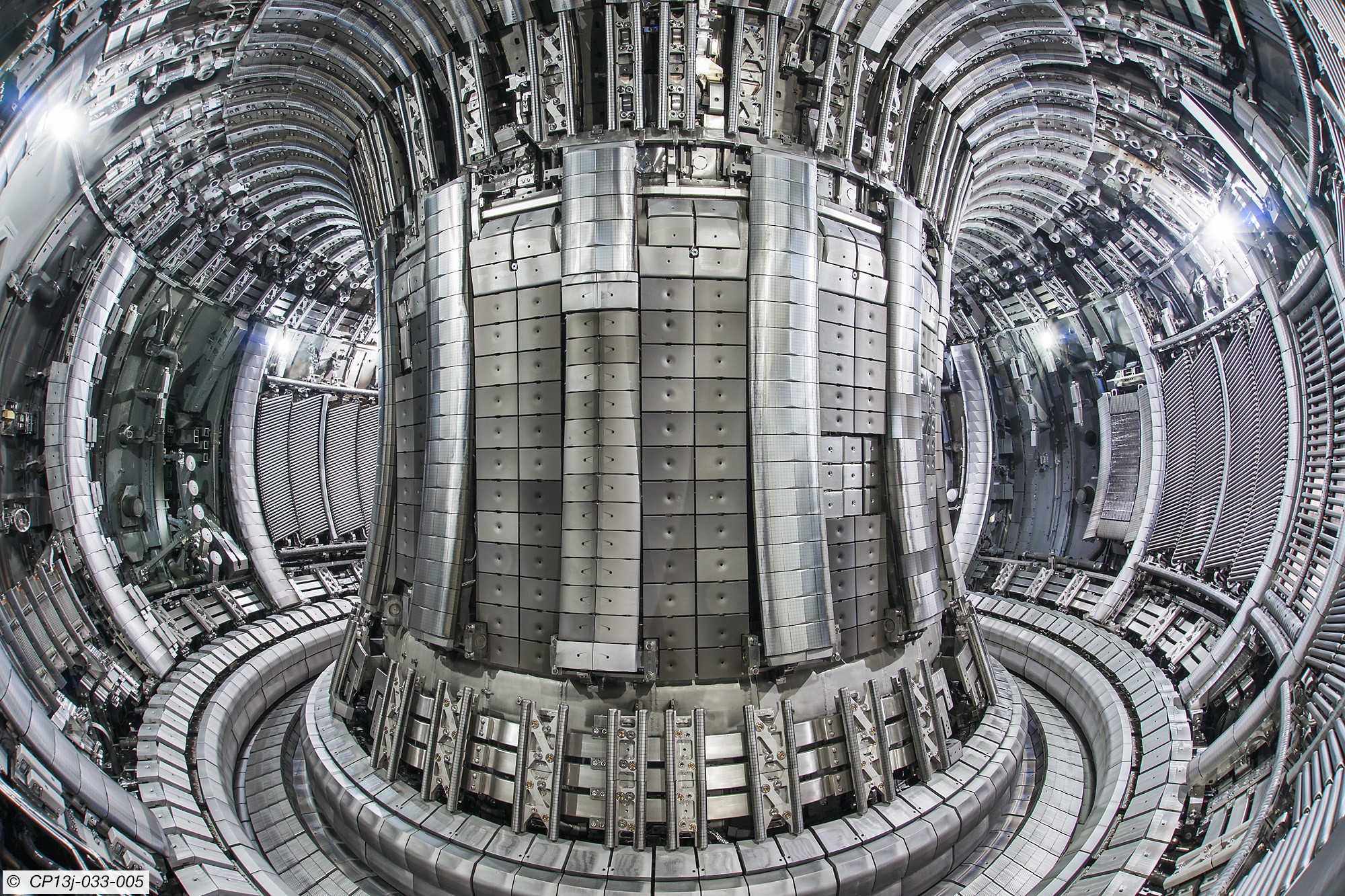
Credits: 5
Schedule: 07.01.2019 - 03.04.2019
Contact information for the course (applies in this implementation):
Mathias Groth, Y417c, mathias.groth@aalto.fi
Timo Kiviniemi, Y417a, timo.kiviniemi@aalto.fi
Andreas Holm, Y430a, andreas.holm@aalto.fi
Teaching Period (valid 01.08.2018-31.07.2020):
III-IV Spring (2018-2019, 2019-2020)
Learning Outcomes (valid 01.08.2018-31.07.2020):
- discuss the pros and cons of the different confinement options
- derive the Lawson criterion for both magnetically and inertially confined fusion plasmas, and develop simple numerical tools to calculate the Lawson diagram
- describe the basis of tokamaks and stellarators, their magnetic field configurations and give a status on the present research facilities
- discuss different heating options of fusion plasmas, and make a judgment on their efficiency in different plasma scenarios
- list issues of plasma-wall interaction in fusion devices
- describe the tritium cycle in fusion devices.
Content (valid 01.08.2018-31.07.2020):
This course gives an introduction to plasma physics and fusion, and its concepts toward development of fusion power plants. We will be discussing the scientific requirements of fusion, its challenges in achieving burning fusion plasmas, and its technological constraints. The course is divided into weekly lectures and exercising classes, with the emphasis on discussing the material during the exercise classes. The course will conclude with an exam; depending on the size of the class there will be an oral or written exam. After attending the course you should be able todefine the requirements of achieving a burning fusion plasma, including possible fuel options and the critical plasma parameters.
Details on the course content (applies in this implementation): At the end of course each student should know about the challenges in thermonuclear fusion as a potential future energy source. Each student should be able to derive the conditions leading the self-sustained fusion, and the concepts and involved technology. Mathematical derivations are basic in support of the assessment of fusion.
Assessment Methods and Criteria (valid 01.08.2018-31.07.2020):
20% for lecture attendance, 50% for providing the solutions to exercises, and 30% for the (final) exams. The final exam can be either oral or written exam depending on the number of students attending the course.
Elaboration of the evaluation criteria and methods, and acquainting students with the evaluation (applies in this implementation):
Active participation in exercise classes is desired. Typically, we ask the student to re-state the questions given in the exercises, elaborate on the physics question at hand, and lay out a or several solutions. The actual mathematical result is secondary to understanding the concept and offering a or several solutions.
Workload (valid 01.08.2018-31.07.2020):
24 + 24 (2 + 2)
Details on calculating the workload (applies in this implementation):
The largest workload comes through completing the exercises prior to the scheduled exercise classes. (Hence, this fraction represents 50%.) The final exam is typically held as an oral exam to determine the how much of the course material is digested, and digested correctly.
Details on the course materials (applies in this implementation):
Kikuchi, Lackner, Tran: “Fusion Physics” (2012) www-pub.iaea.org/MTCD/Publications/PDF/Pub1562_web.pdf
Wesson: “Tokamaks” (4th edition 2011)
Dolan: “Magnetic Fusion Technology” (2014)
Stacey: “Introduction to the Physics and Technology of Magnetic Confinement Fusion” (2010)
Stangeby: “The Plasma Boundary in magnetic fusion devices” (2000)
Duderstadt, Moses: “Inertial confinement fusion” (1982)
Material from plasma physics summer schools
Various review papers on fusion
Substitutes for Courses (valid 01.08.2018-31.07.2020):
This course replaces the course Tfy-56.4414 Fusion Energy Technology.
Course Homepage (valid 01.08.2018-31.07.2020):
https://mycourses.aalto.fi/course/search.php?search=PHYS-E0463
Grading Scale (valid 01.08.2018-31.07.2020):
0-5
Registration for Courses (valid 01.08.2018-31.07.2020):
Registration via WebOodi.
Details on the schedule (applies in this implementation):
As above.
